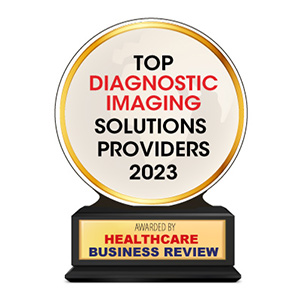In the realm of modern healthcare, diagnostic imaging has emerged as a transformative tool that has revolutionized the way medical professionals diagnose and treat a wide range of conditions. From X-rays and ultrasounds to magnetic resonance imaging (MRI) and computed tomography (CT) scans, diagnostic imaging technologies have paved the way for earlier and more accurate diagnoses, ultimately leading to improved patient outcomes. In this editorial, we will delve into the advancements and impact of diagnostic imaging in modern healthcare.
Diagnostic imaging has come a long way since its inception. Traditional X-rays were the first breakthrough in this field, allowing physicians to peer inside the human body and identify fractures, tumors, and other abnormalities. However, with the advent of digital imaging techniques, the accuracy and precision of diagnostic imaging have reached new heights. Digital X-rays provide clearer images that can be easily manipulated and shared, enabling healthcare providers to make more informed decisions.
Ultrasound technology, which uses sound waves to create images of internal structures, has also evolved significantly. Originally known for its use in obstetrics to monitor the development of a fetus, ultrasounds now have expanded applications across various medical specialties. Cardiologists use them to assess heart function, while gastroenterologists employ them to visualize the gastrointestinal tract. Advances in ultrasound technology, such as three-dimensional and real-time imaging, have greatly enhanced its diagnostic capabilities.
The introduction of MRI and CT scans has further revolutionized diagnostic imaging. MRI utilizes powerful magnets and radio waves to generate detailed images of soft tissues, organs, and bones. This technology is particularly valuable in identifying neurological disorders, orthopedic injuries, and tumors. CT scans.
Diagnostic imaging has emerged as a cornerstone of modern healthcare, facilitating early and accurate diagnoses while minimizing invasiveness and patient discomfort. Through its various modalities, including X-rays, ultrasounds, MRI, and CT scans, diagnostic imaging has transformed medical practice and improved patient outcomes. However, it is essential to ensure equitable access to these technologies and invest in research







